Is it Time to Get Rid of Your Cadillac
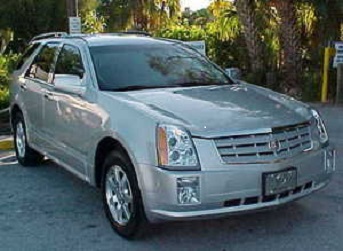
I traded in my 2009 Cadillac SRX for an Infiniti M37x. This is not something I wanted to do, because I took a huge financial hit on the deal.
In this post I’ll explain why I bailed out even though it was costly. We’ll also discuss how things can get ugly when a good Cadillac turns bad. At the end I’ll explain why I chose the Infiniti over another GM automobile. Finally, I’ll share a picture of my new ride. Today marks the end of the Cadillac era on the certified master tech blog.
Cadillac Problems Piling Up
The reasoning behind my decision to get rid of my first generation SRX boiled down to the timing chain issues these cars suffer from. Cadillac had sent me a special policy letter covering the timing chain for an additional period of time and miles. They also sent me a special policy letter for throttle body issues.
As I explained in a previous post, just because you receive one of these letters doesn’t automatically mean you can get the dealer to perform the operation. Even when all three parties, General Motors, the dealership and the owner all know what’s wrong with the vehicle and what will fix it, doesn’t mean the dealer will do it willingly. Often certain criteria must be met like setting specific codes, power loss light or other malfunctions.
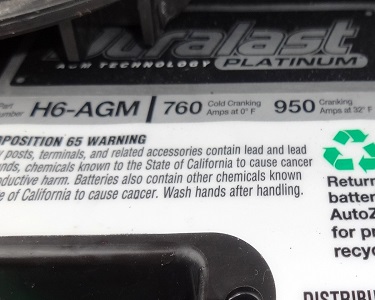
In addition to the first generation Cadillac SRX issues that General Motors admits too, there are other nagging problems they consider normal. As an example, high oil consumption, an engine misfire from a failed coil pack, water leak from the rear hatch seal and an intermittent no start after replacing the expensive AGM factory installed battery. However, let’s discuss the issue that pushed me over the edge first.
Does your Cadillac Need a Timing Chain
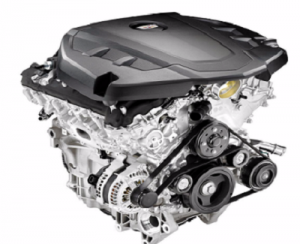
It’s well documented that the 3.6 L engine suffers from timing chain problems. The setup is beyond complex. There’s three separate chains driving four camshafts and the oil pump at the same time. The special policy is willing to replace the timing chains when a P0008 correlation code is set in the computer memory. The stretched chain allows the variable valve timing of the camshafts to wander up and back and set this code.
On my vehicle the lower timing chain that drives the oil pump had developed a huge amount of slack. On cold engine startup, it would make a racket. As the oil pressure came up, a hydraulic tensioner would remove this slack and the noise would disappear. This issue isn’t covered under the special policy campaign. Well that’s what the Cadillac service adviser told me. Nevertheless, slack in the timing chain is well documented on YouTube.
I Don’t Want to Replace the Timing Chain
I recommend you watch part one of the video I linked to above. It clearly shows the complexity of replacing the timing chain. Even if Cadillac was willing to replace it at no charge, I wouldn’t feel comfortable putting the operation into the hands of an inexperienced mechanic.
There are many people who have had the repair procedure completed only to have major engine problems shortly thereafter. Even in the case of catastrophic engine failure just a week later, the dealer’s position is usually, it’s not their fault and you’ll have to pay.
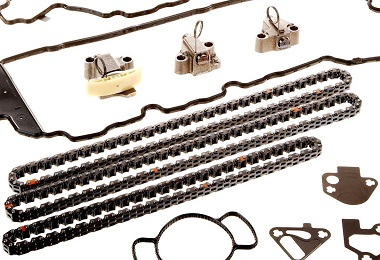
I live in the state of Florida. I can’t even get a good sandwich made let alone a complex procedure requiring a great deal of experience, patients and pride in a job well done. The dealership mechanics are still working on a flat rate basis in my state. This means they get paid by the job. Compensation for warranty repairs is extremely low.
This gives the mechanics incentive to take shortcuts thereby, reducing the quality of the repair. Just one example of this is the cleaning of the gasket surfaces. Shortcuts in this operation can prove to be catastrophic for the longevity of the engine. With that said, it is possible to have the timing chain replaced and everything will be fine. This is especially true if you get a mechanic that has done the operation many times.
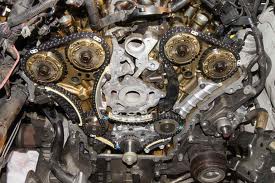 In this situation they know where to spend the most time and have learned from the mistakes made on previous repairs. Before you start leaving negative comments below, please read this next sentence.
In this situation they know where to spend the most time and have learned from the mistakes made on previous repairs. Before you start leaving negative comments below, please read this next sentence.
I believe the chances of having these repairs made, without negative side effects, comes in around a 50-50 chance. For me, I wasn’t willing to take this gamble. If I flip a coin 10 times I’ll be wrong at least nine times. Finally, despite being a retired master technician, I’m not doing this repair for the first time in my driveway or shelling out for $500 in parts when it’s covered under warranty.
Saying Goodbye to the Cadillac
I had this car for six years and I loved it. Having 318 HP on tap from an all aluminum V-6 is easy to get used to. It suffered from poor fuel economy and I hated that it had different size tires on the rear. But the car was a pleasure to drive. What I liked most about the first generation SRX that changed when they moved to the second generation is the rear wheel drive.
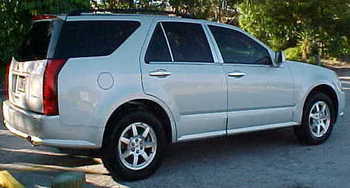
I’m a strong believer that a car should be pushed from the back, instead of pulled from the front. This is just my personal opinion. The 2010 and newer Cadillac XTS and SRX are both front-wheel-drive now. This left me with the ATS or the CTS, still available in rear wheel drive. I like both cars and was willing to take another chance. I hoped they would put a better set of timing chains on the all new 3.6L engine now producing 328 HP.
When I went to the local Cadillac dealer to trade in my SRX they offered me $6000. The dealer trade book value was around $13,000. Private sale value came in at $15,900. They knew as well as I did that these cars are trouble. They didn’t want their own car in trade. I stopped in at a few area dealerships to compare trade-in values. It was at this point I realized I was going to be the big loser in getting out of this car.
Why Did You Get an Infiniti
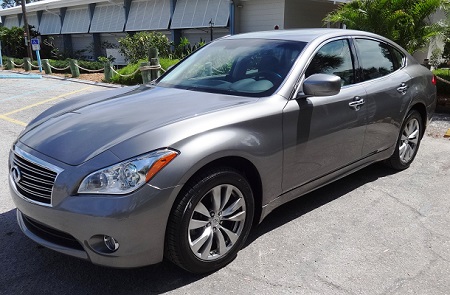
After dealing with the timing chain problems on the Cadillac SRX I wanted an engine that I could believe in. The VQ series V-6 in Nissan products, made the top engine list 10 out of the last 15 years. This engine produces 330 HP with 4 camshafts and a stronger timing chain setup.
Nissan products like the Altima and the Maxima are front-wheel-drive. However, when you install a 3.7 L 330 HP V-6 engine in an Infiniti, it’s a rear wheel drive car. The M37 is based on the Nissan Maxima, so it’s a large car. Its rear wheel drive and pulls down about 22 miles per gallon with the seven speed automatic transmission. My Cadillac was lucky to get around 15 MPG, so this was a big improvement.
What sealed the deal for me, as I bought this off a dealership used car lot, was the value they place on my trade. They gave me $12,000 toward the M37x. The X stands for all-wheel-drive by the way. This is double what the Cadillac dealer offered. Stay tuned as we transition this blog from writing about the problems with owning a Cadillac SRX into what it’s like to own an Infiniti M37x. I will continue to field questions on both automobiles.

